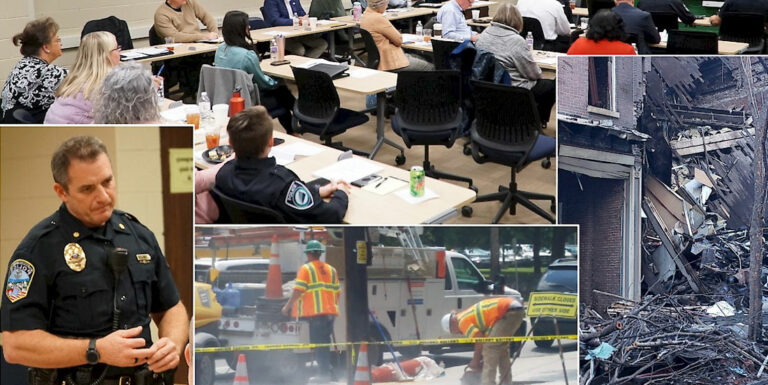
Article Archive by Year

An all-hazards design process considers the function of the building during normal operations as well as the safety of the occupants and the surrounding community against possible risks and threats. Like layers of an onion, effective security should take a multi-layered approach. Safety and security do not need to be
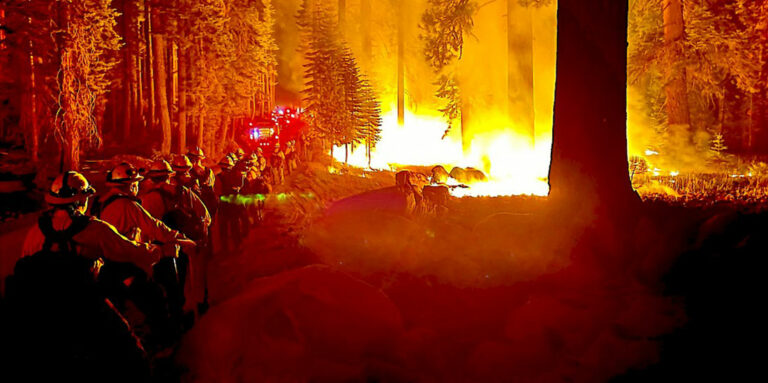
Beachie Creek Fire – A Practitioner’s Firsthand Account
January 4, 2023
When disaster strikes, sometimes those trained to respond find themselves and their families fleeing from the fire. Once their families are safe, they jump back in to assist wherever needed. This scenario happened to one emergency manager when the Beachie Creek wildfire engulfed surrounding Oregon communities with little warning.
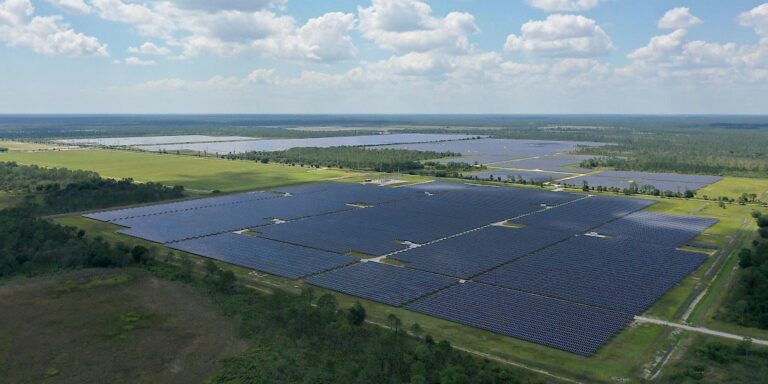
How One Town Stood Up to a Category 4 Storm
January 4, 2023
When Category 4 Hurricane Ian crossed Florida in September 2022, more than 4 million Florida homes and businesses lost power. However, one town kept the lights on and was spared the devastation the cities surrounding it faced. With resilience and sustainability in mind, this author shares the planning involved in
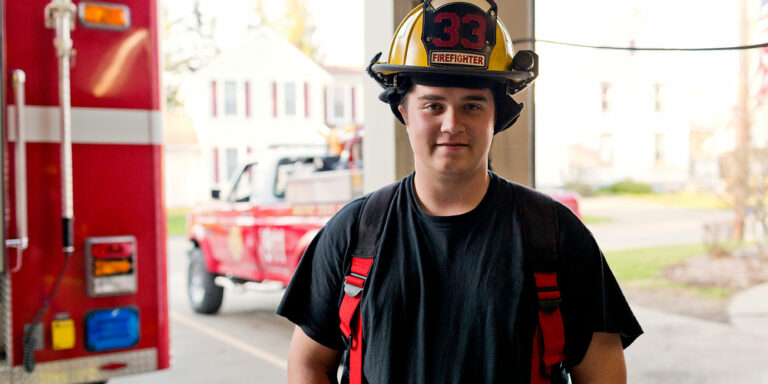
Publisher’s Note: Auld Lang Syne (A Chance to Recollect and Restore)
December 28, 2022
As we come to the end of a challenging year and a tumultuous period, please know that your efforts are appreciated, and the sacrifices of you and your families have a significant and positive impact on all of our communities. On behalf of the Domestic Preparedness Journal, its staff, and

How Technology Systems Impact Critical Infrastructure
December 21, 2022
Operational technology systems that run many critical infrastructure functions are becoming more dependent on information technology. As these worlds converge, emergency preparedness professionals must address the related security challenges. This article shares some lessons learned and uses a foundational knowledge of the topic to inspire possible solutions.

Applying Environmental Design to Prevent Active Shooters
December 14, 2022
Active shooter trainings can help prevent some injuries and deaths. However, additional measures should also be taken to prevent the attack from occurring. This article describes how to apply environmental design to thwart attackers.

Implementing “Stop the Bleed” for Future K-12 Educators
December 14, 2022
How have recent school shootings impacted future K-12 educators and what new skills will help better prepare them for potential threats? One study at the University of North Alabama combined training and research to answer this question.
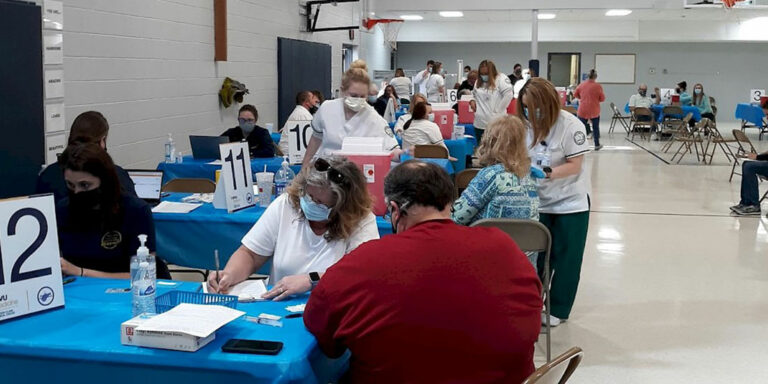
Maintaining a Strong Volunteer Force
December 7, 2022
Volunteers are a lifeline for many nonprofit organizations and for-profit companies during emergencies and disasters. However, recruiting and retaining good volunteers can be difficult. This article shares some simple strategies and tools for any emergency preparedness professional seeking to build and maintain a strong volunteer force.

Value of Enterprise Data Management in Emergency Management
December 7, 2022
An enterprise data management program emphasizes the importance of managing information as an asset and protecting it from misuse or loss. Knowing the landscape of data and how to manage it is critical to an organization’s recovery and sustainability after a disaster. This article explains the need to coordinate data

“Moneyball” for the Wildland Fire System
November 24, 2022
The wildfire management community has made great strides incorporating new decision support tools into how it plans for and responds to wildfire incidents. Despite improvements in risk assessment and management at the incident scale, increasing fire activity and critical resource shortages reveal a system under strain in need of strategies
Building Design for Safety and Resilience – First Steps
January 11, 2023
An all-hazards design process considers the function of the building during normal operations as well as the safety of the occupants and the surrounding community against possible risks and threats. Like layers of an onion, effective security should take a multi-layered approach. Safety and security do not need to be
Beachie Creek Fire – A Practitioner’s Firsthand Account
January 4, 2023
When disaster strikes, sometimes those trained to respond find themselves and their families fleeing from the fire. Once their families are safe, they jump back in to assist wherever needed. This scenario happened to one emergency manager when the Beachie Creek wildfire engulfed surrounding Oregon communities with little warning.
How One Town Stood Up to a Category 4 Storm
January 4, 2023
When Category 4 Hurricane Ian crossed Florida in September 2022, more than 4 million Florida homes and businesses lost power. However, one town kept the lights on and was spared the devastation the cities surrounding it faced. With resilience and sustainability in mind, this author shares the planning involved in
Publisher’s Note: Auld Lang Syne (A Chance to Recollect and Restore)
December 28, 2022
As we come to the end of a challenging year and a tumultuous period, please know that your efforts are appreciated, and the sacrifices of you and your families have a significant and positive impact on all of our communities. On behalf of the Domestic Preparedness Journal, its staff, and
How Technology Systems Impact Critical Infrastructure
December 21, 2022
Operational technology systems that run many critical infrastructure functions are becoming more dependent on information technology. As these worlds converge, emergency preparedness professionals must address the related security challenges. This article shares some lessons learned and uses a foundational knowledge of the topic to inspire possible solutions.
Applying Environmental Design to Prevent Active Shooters
December 14, 2022
Active shooter trainings can help prevent some injuries and deaths. However, additional measures should also be taken to prevent the attack from occurring. This article describes how to apply environmental design to thwart attackers.
Implementing “Stop the Bleed” for Future K-12 Educators
December 14, 2022
How have recent school shootings impacted future K-12 educators and what new skills will help better prepare them for potential threats? One study at the University of North Alabama combined training and research to answer this question.
Maintaining a Strong Volunteer Force
December 7, 2022
Volunteers are a lifeline for many nonprofit organizations and for-profit companies during emergencies and disasters. However, recruiting and retaining good volunteers can be difficult. This article shares some simple strategies and tools for any emergency preparedness professional seeking to build and maintain a strong volunteer force.
Value of Enterprise Data Management in Emergency Management
December 7, 2022
An enterprise data management program emphasizes the importance of managing information as an asset and protecting it from misuse or loss. Knowing the landscape of data and how to manage it is critical to an organization’s recovery and sustainability after a disaster. This article explains the need to coordinate data
“Moneyball” for the Wildland Fire System
November 24, 2022
The wildfire management community has made great strides incorporating new decision support tools into how it plans for and responds to wildfire incidents. Despite improvements in risk assessment and management at the incident scale, increasing fire activity and critical resource shortages reveal a system under strain in need of strategies
Follow Us
Get Instant Access
Subscribe today to Domestic Preparedness and get real-world insights for safer communities.
ARchives
Article Out Loud – Leader of the Pack – Canine Detection
March 8, 2023
In the wake of a disaster, time is critical for locating survivors and recovering bodies. This type of work requires training, skills, and abilities acquired by canines due to their unique anatomy and physiology. However, there are key considerations before implementing K9 programs.
Article Out Loud – Fostering Public Buy-In to Support Public Safety
March 8, 2023
Emergency managers often go unnoticed until a disaster occurs. However, disaster response efforts are much more effective when communities work together and trust their local responding agencies. Learn how one county has changed its mindset to develop stronger community partnerships and buy-in before the next disaster.
Article Out Loud – Food Safety: An Emergency Manager’s Perspective
March 7, 2023
Protecting a nation’s food supply chain is a major concern in all political jurisdictions, but can be made less difficult by, among other actions: implementing mitigation controls; enforcing inspections, assessments, and compliance; ensuring international food safety; improving rapid-response capabilities; and developing preparedness partnerships.
Article Out Loud – Green Building Plus Greater Safety Equals Survival
March 7, 2023
Whether building a house or an entire community, the emphasis on lowering the carbon footprint and/or reducing energy costs could and should be complemented by “off the grid” considerations and a broad spectrum of disaster-resistant features more needed today than ever before.
Article Out Loud – Data Sharing – A Necessary Public Safety Tool
March 1, 2023
Criminal activities are not limited to jurisdictional boundaries, nor should the ability to share information collaboratively. Cooperative data sharing within and between jurisdictions is essential for today’s law enforcement demands. As such, law enforcement and other public safety agencies must work together to create a safer and more just society.
Article Out Loud – An Integrated Public Safety Approach for Evolving Threats
March 1, 2023
Evolving threats require integrated public safety approaches. Concepts like the Rescue Task Force, models like the Cynefin Framework, and numerous other available resources can help communities develop collaborative response plans for evolving threats and complex coordinated attacks like fire as a weapon.
Article Out Loud – Earthquake Preparedness in Non-Earthquake Country
February 28, 2023
On the afternoon of 23 August 2011, a rumbling in the ductwork was heard overhead in a chemistry classroom on the fourth floor of a brand-new building at Montgomery College in Maryland. As a laboratory safety class was getting ready to begin, the noise quickly transitioned to a swaying of
Article Out Loud – Holistic Security – Various Ways to Reduce Vulnerability
February 28, 2023
Even multiple isolated incidents may not be enough to raise a red flag that intellectual property theft is being planned. By ensuring that each incident is reported through the proper channels and analyzed along with other reported incidents, agencies and corporations may be able to thwart potential cyber crimes before
Article Out Loud – Technological Strategies for Organizational Leadership
February 22, 2023
Integrating information technology (IT) into emergency management and public safety agencies involves understanding an organization’s structure, culture, and mindset, making sound investments, facing challenges, and implementing change. Communication at the federal, state, and local levels is improving, but gaps exist between adapting IT solutions and organizational leadership principles.
Article Out Loud – Protests: Balancing First Amendment Rights and Public Safety
February 22, 2023
Peaceful protests can occasionally escalate into civil disobedience or unlawful rioting, with those in and around the gathering exhibiting varying behaviors. By working with law enforcement agencies, public safety planners and responders are better equipped to plan and train for events and effectively respond if conditions change.
Follow Us
Get Instant Access
Subscribe today to Domestic Preparedness and get real-world insights for safer communities.


